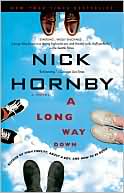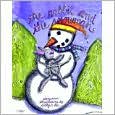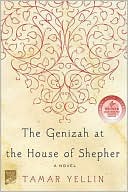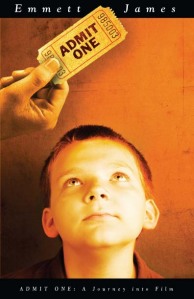One’s real life is so often the life that one does not lead.
–Oscar Wilde, as quoted by JJ in A Long Way Down
A Long Way Down is a piece of contemporary fiction that opens on New Year’s Eve in a neighborhood of London. Four people have independently made their way to the roof of an apartment building with the intent to commit suicide.
The characters, in order of appearance, are:
Martin: in his mid-40s, a former morning television host whose career and marriage came to an abrupt end when he admitted to an affair with a minor. His life is now fodder for the tabloids; he assesses it as having “not enough regrets, and lot and lots of reasons to jump.”
Maureen: the eldest of the group, in her early 50s. Maureen had a one-night stand about 20 years ago, the result is her severely-disabled son, Matty, whose need for full-time care has allowed Maureen to build a wall around herself.
Jess: the youngest of the group, about age 18. Jess has an extreme case of adolescent rebellion coupled with extenuating troubles within the family structure at home.
JJ: The only American on the roof, JJ is in his early 30s. He has recently suffered a final break-up with his girlfriend and the dismantling of his band. Music is his life, and without it, he wonders how he’ll continue.
The novel is divided into three parts, clearing delineating major turning points – Part One ends as the four come down from the roof and make a pact to “not do anything” about their suicide plans until they meet again six weeks later on Valentine’s Day; Part Two ends back on the roof on Valentine’s Day. Have all four returned to the rooftop that evening? What does the future hold?
Hornby uses a series of honest first person narratives, with each character telling the story in turns. We have insight to the speaker’s thoughts as he or she comments on the events that unfold. Like witnesses to a traffic accident, each sees the situation from a different angle and thus offers a unique perspective and analysis.
Some examples of passages that resonated with me include:
Martin: To describe prison as the worst three months of one’s life is like describing a horrible car crash as the worst ten seconds. It sounds logical and neat; it sound truthful. But it’s not, because the worst time is afterward, when you wake up in hospital and learn that your wife is dead, or you’ve had your legs amputated, and that therefore the worst has just begun.
Maureen: If you spend day and night looking after a sick child, there’s very little room for sin, and I hadn’t done anything worth confessing for donkey’s years. And I went from that, to sinning so terribly that I couldn’t even talk to the priest, because I was going to go on sinning and sinning until the day I died, when I would commit the biggest sin of all…And why is it the biggest sin of all? All your life you’re told that you’ll be going to this marvelous place when you pass son. And the one thing you can do to get you there a bit quicker is something that stops you getting there at all …
Jess: I suffer from a failure of imagination…telling me I can do anything I want is like pulling the plug out of the bath and then telling the water it can go anywhere it wants. Try it, and see what happens.
JJ: Once you stop pretending that everything’s shi**y and you can’t wait to get out of it…then it gets more painful, not less. Telling yourself that life is sh** is like an anesthetic, and when you stop taking the Advil, then you really can tell how much it hurts, and where, and it’s not like that kind of pain does anyone a whole lot of good.
It’s a bit awkward to say that I enjoyed a novel about four people whose intent at the opening was to kill themselves, but, I truly enjoyed the novel! Simply put, this book isn’t so much about ending one’s life as it is about living it.
Award-winning author Nick Hornby has published several novels, a memoir, and a collection of short stories. More information about Hornby and his books, including the bestsellers High Fidelity and About a Boy can be found at his website. Hornby shares a brief essay about the writing process and some background for A Long Way Down at the Penguin website.













